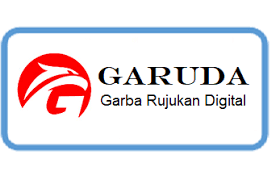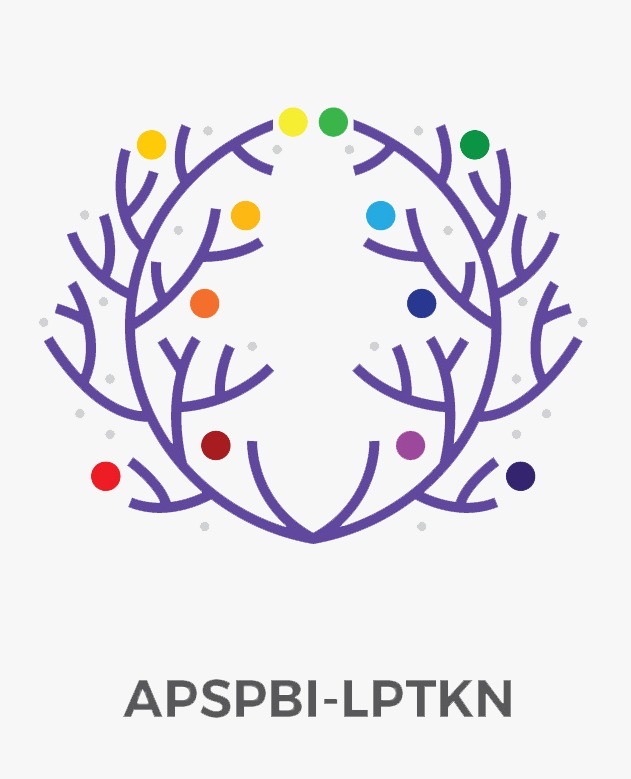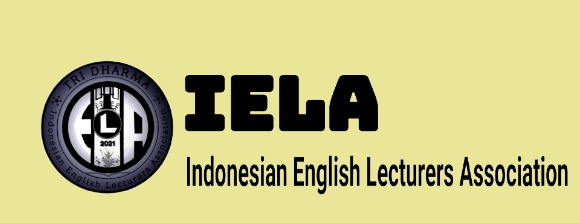STUDENTS’ PERCEPTION ON THE USE OF COMIC STRIPS IN CREATIVE WRITING
 ), Sanerita T. Olii(2), Aloysius Rettob(3),
), Sanerita T. Olii(2), Aloysius Rettob(3),
(1) Universitas Negeri Manado
(2) Universitas Negeri Manado
(3) Universitas Negeri Manado
 Corresponding Author
Corresponding Author
Abstract
This study aims to reveal students’ perception on the use of comic strips in creative writing at English Education Department, Universitas Negeri Manado. The study is a quantitative research and the descriptive method is applied. The questionnaire that consists of 14 items is used as an instrument to collect the data. The questionnaire employs Likert scale. Total random sampling is used to determine the sample. The sample is 42-seventh students English Education Department which consist of 27 students from class A and 15 students from class E. The students who have been chosen as the sample has already finished the class creative writing and has used comic strips as media. The collected data are quantitative and have analysed by percentage formula. The finding shows that most of the respondents have positive responses about the use of comic strips in creative writing. Based on the findings, it could be concluded that the media comic strips are considered useful to the students. English lecturers are suggested to receive students’ responses towards the use of comic strips in creative teaching.
References
Cook, G. 2000. Language Play, language Learning. Oxford: Oxford University Press.
Cresswell, J. W., 2014. Research Design Qualitative, Quantitative and Mixed Methods Approaches (4th ed.) Thousand Oaks, CA: Sage
Drolet, C. A. 2010. Using Comic strips in the Development of EFL Reading and Writing. TESOL Review, pp.123-140.
Fareed, M., Ashraf, A., & Bilal, M. 2016. ESL Learners’ Writing Skills: Problems, Factors, and Suggestions. Journal of Education and Social Sciences, 4(2), 81–92.
Fraenkel, J. P. and Wallen, N. E. 1993. How to Design and Evaluate Research in Education. New York: McGraw Hill Companies, Inc.
Gavigan, K and Tomasevich, M. 2002. Connecting Comics to Curriculum. Library Media Conection.
Gerlach, Vernon. S, and Elly, Donald. P.
Teaching and Media: A Systematic Approach. New Jersey: Prentice Hall
Huffman K, Vernoy M, and Vernoy J. 1997. Psychology in Action. 4th edition. Toronto : John Wiley & Sons, Inc.
Liando, V.F.N., Martha, S. (2019). Digital Media and Students’ Writing Ability. Journal of Education Method and Technology. Vol. 2., pg. 79
Liando, V. F. N., Pikirang C. C., and Maru, M.G. (2020). Integrating Writing with Listening in ELF Class : A Systematic Review. Atlantis Press SARL. Vol. 437., pg. 222
Maru, G. M., Panambunan, P., and Tulung, G. J. (2016). Improving Students’ Speaking Ability through Communicative Language Teaching of the Second Level Students at ‘MEC’ Megalia English Course. Vol. 1., pg. 58
Maley, A. 2012. Creative Writing for Students and Teachers. Humanizing Language Teaching, 14, 3, 1-18.
Sugiyono. 2007. Metode Penelitian Kuantitatif, Kualitatif dan R&D. Bandung: Alfabeta
Surachmand, Winarno. 1987. Pengantar Penelitian Ilmiah: Dasar, Metode, dan Teknik. Bandung: Tarsito
Symeon, R., 2008. State of the Art Comics in
Education. Using Web Comics in Education
Versaci, R., 2001. How Comic Books can
Change the Way our Students See Literature: One Teacher’s Perspective. English J., 91(2): 61-67.
Warga, R. G. 1983. Personal Awareness: A Psychology of Adjustment. 3rd Edition. Boston: Houghton Mifflin Company.
Williams, N., 1995. The Comic Book as
Course Book: Why and how. Long Beach, CA: Annual Meeting of the Teachers of English to Speakers of Other Languages. (ERIC Document Reproduction Service No. ED 390277).
Yang, G., 2003. Strengths of Comics in
Education. Comics in Education. Retrieved form: http://www.humblecomics.com/comicsedu/strengths.html.
Yomtov, N. 2014. How to Write a Comic Book. Ann Arbor: Cherry Lake Publishing
Article Metrics
Abstract View : 1381 times
: 1381 times Download : 365 times
Download : 365 times
DOI: 10.36412/jellt.v5i2.2458
Refbacks
- There are currently no refbacks.
Copyright (c) 2021 Journal of English Language and Literature Teaching









